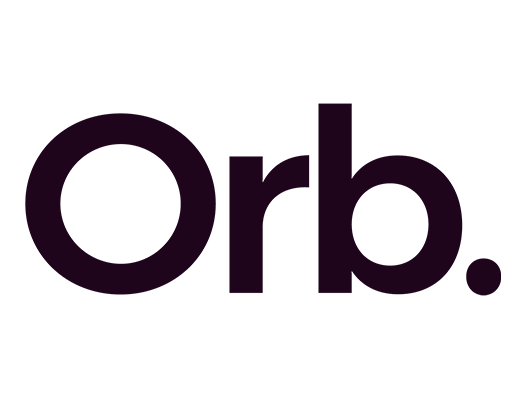
Brand architecture tips for successful business growth
What is brand architecture?
Brand architecture is your brand’s organisational structure or ‘family tree’. It clarifies how brands, products and services work together to ensure that your audience and employees can identify with them.
From Housing Associations broadening their portfolio to provide a more holistic service, to Internet service providers looking to grow their balance sheet, brand architecture is something that affects many mid-market businesses, regardless of sector or industry.
For some of our clients, their business has simply evolved over the years, adding brands, products and services to their portfolio. By the time they come to us, they’re so confused and overwhelmed, that they can’t see the wood for the trees.
Others have often spent time on the acquisition trail, or have taken the decision to merge with another business. Their strategy around Mergers and Acquisitions (M&As) has given them the growth they were aiming for, but overnight, they’ve inherited numerous brands, with different strategies, visions, and people (all of whom have different agendas). The brands are fractured and have had little or no direction about how they should operate together.
Common architecture questions
- Which brand is more valuable?
- What name and identity should the organisation take on?
- Are we all part of one team?
- Should all our brands come under one or remain individual?
- How do we manage a portfolio of brands so that is has a positive influence?
- What’s our brand vs product and service?
- How do we clarify the brand in the minds of our consumers?
- How do we communicate the changes internally?
Poor brand architecture is confusing and can have a negative impact on the businesses if it is not addressed or addressed inadequately.
Internally, it can cause disengagement, culture challenges and recruitment and retention issues if your employees do not understand where the businesses is going and how they can contribute to its future.
Externally, if customers are confused about the vision behind the brand, the different brand names or what the business stands for, it can be difficult to acquire new customers or consumers and you may face losing existing loyal supporters.
Poor brand architecture can negatively impact brand loyalty, brand awareness, brand recognition and brand equity, but get it right and the opposite is true.
A strong brand architecture strategy can radically transform your business. We worked with an ambitious Fast Track 100 business to create a brand that was successfully acquired in 2016. Since the acquisition, we’ve been appointed by the Group to completely restructure their brand architecture. We’ve taken them from an extremely complex muddle of brands to a simple strategy that gives clarity, harmony and alignment across their entire portfolio. The business is future-proofed, they know how to keep their employees, customers and consumers happy, and they are set for further growth. Not to mention they now have a far more valuable group of brands sitting on their balance sheet than when they started the process.
Orb’s tips for getting it right
There’s no single answer as to what your brand architecture strategy should be, but good brand architecture is easily understood and provides clarity to those seeking to understand. Here are our tips for getting it right in four simple steps…
Step one. Undertake a review and audit of your current brand architecture. You need to understand how your brands are currently being perceived both internally and externally, the equity that sits behind them and also the synergies and discords between them. You need to uncover any dead weights, duplicates or ‘problem children’ and determine how future growth and market changes could impact the architecture moving forwards.
Step two. Create a strategy that will simplify and solidify your brand architecture. You need to agree the overall vision and approach for your architecture, define the brand hierarchy and how each of your brands relates to one another (if at all). You need to identify the different types of brands and set the rules. Ensure you include all necessary stakeholders in the process, because big decisions need to be made and adhered to if you’re going to ensure clarity and success moving forwards. Spend time making the changes and testing the architecture to breaking point.
Step three. Consider that you may need to re-brand. Whether your brand architecture strategy is to move towards a house of brands or a branded house (or anywhere else in-between), you may need to think about updating the brand’s overall strategy, messaging and visual identity to ensure consistency, cohesion and an overall positive brand experience.
Step four. Engage your audiences. All of them. A business’ brand architecture (and brand for that matter) is only as good as the roll out. First and foremost, get your employees on-board – you must have internal alignment and cooperation. Then reach out to your external audiences. An inside-out approach will ensure the best possible experience for your customers/consumers and the best possible outcome for the business and future growth. Addressing poor or out of control brand architecture before it impacts negatively on growth efforts must be a business priority. The sooner it’s addressed, the sooner the business can continue its growth in a healthy, sustainable way.

